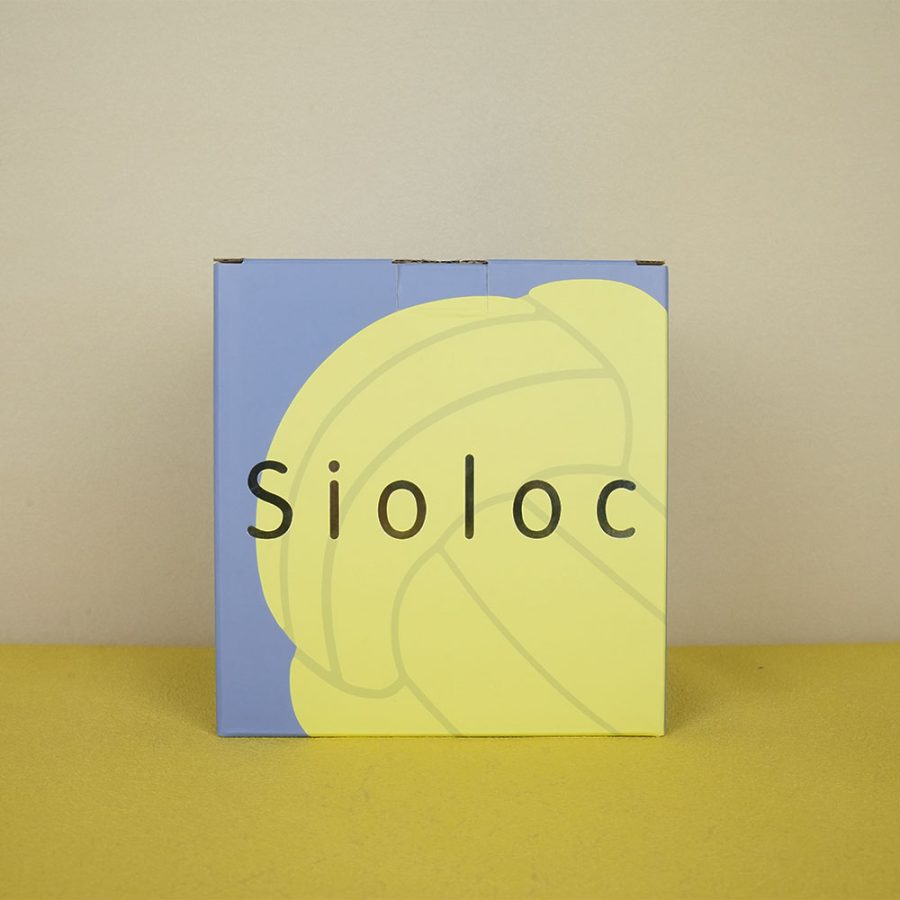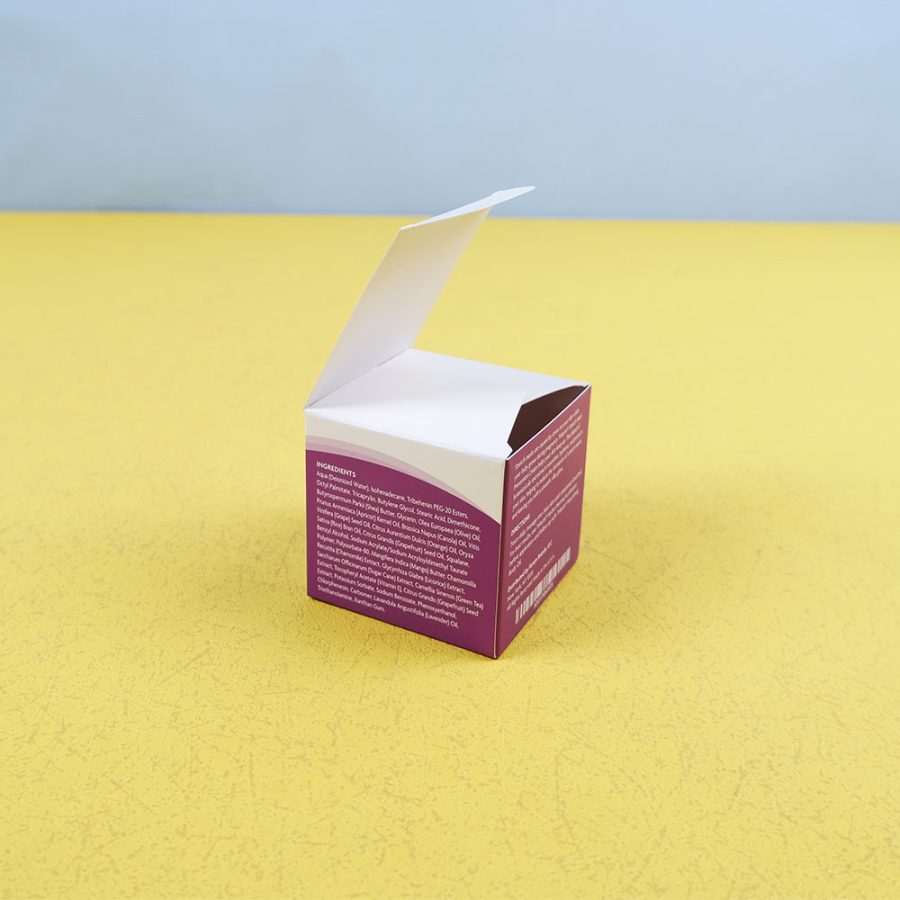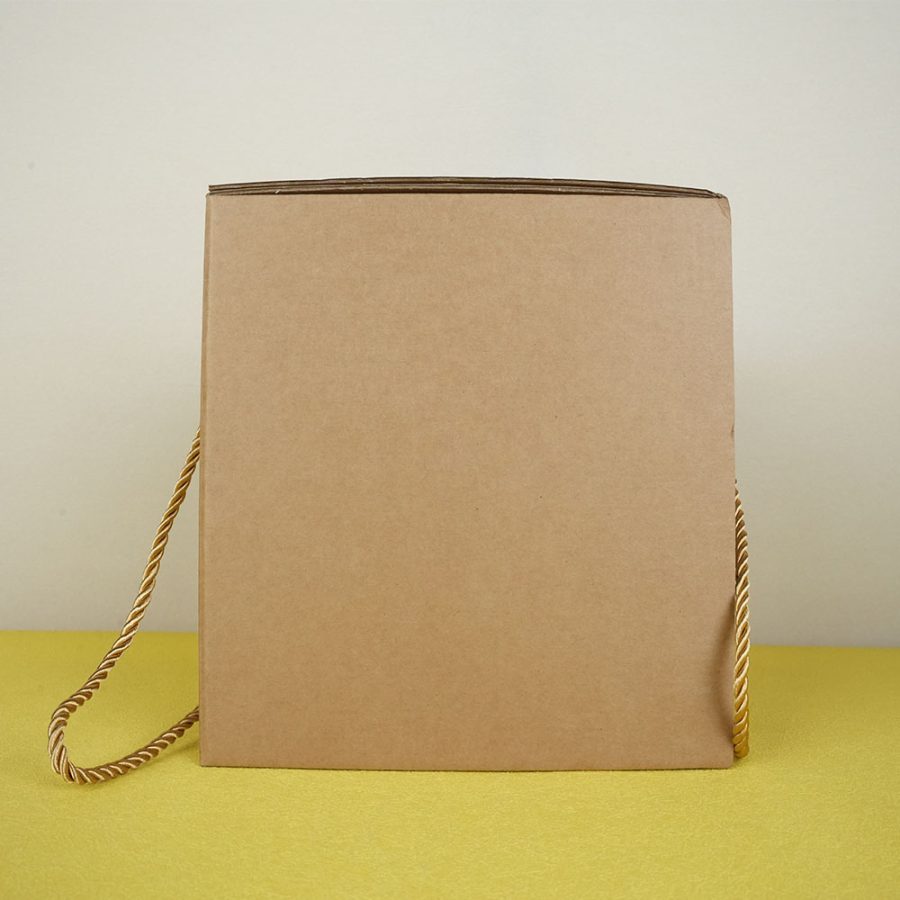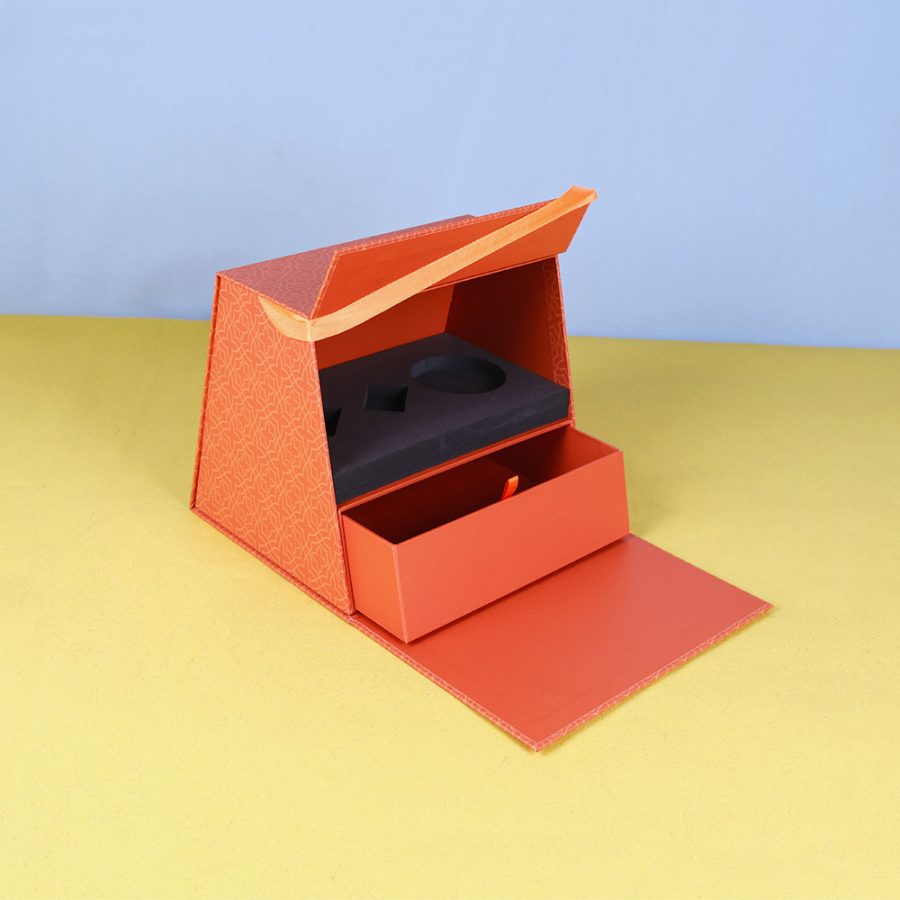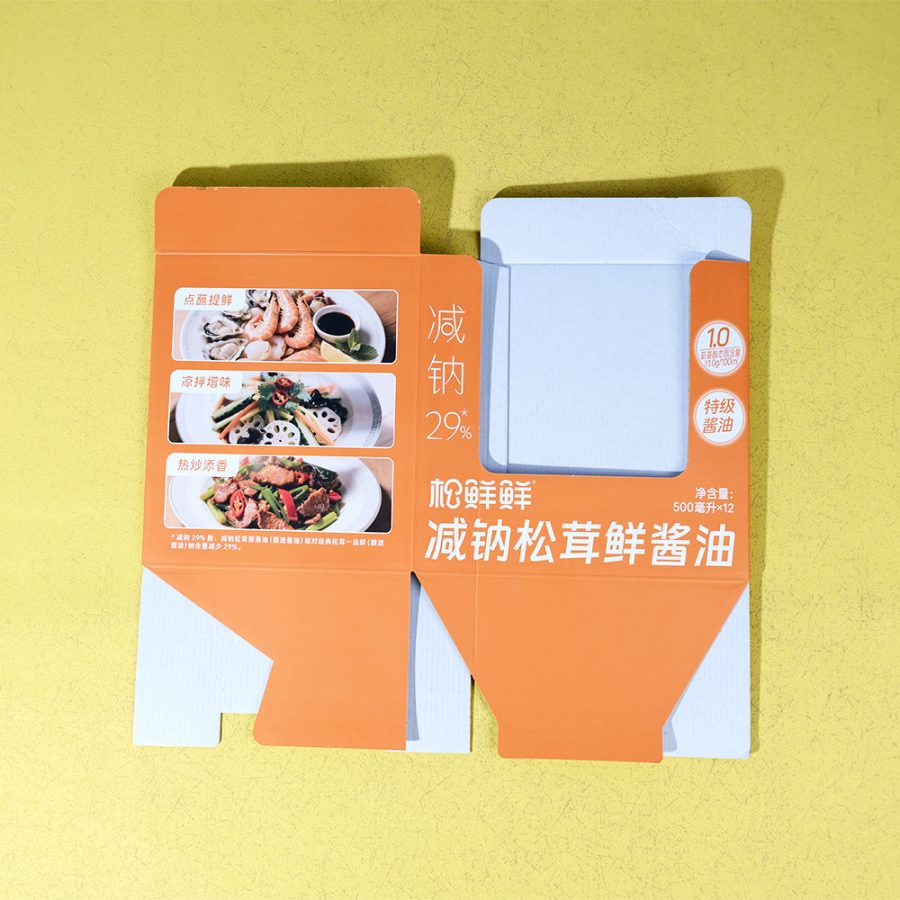Digital vs Offset Printing for Packaging: Which One to Choose?
Packaging is more than just a container—it’s a powerful branding tool. The print quality, color vibrancy, and design precision all contribute to how customers perceive your product. With multiple printing options available, the two most widely used for packaging are digital printing and offset printing. Understanding the differences between them is essential for choosing the most cost-effective and visually appealing solution. In this article, Wuxi Box Printing Technology breaks down both printing methods to help you make the best choice for your packaging needs.
2. What Is Offset Printing?
Offset printing, also known as lithographic printing, is a traditional method where ink is transferred from a metal plate to a rubber blanket, then to the packaging surface. It’s known for delivering sharp images, precise color control, and uniform results, especially across large quantities. This process is ideal for high-volume printing jobs, such as large production runs of retail packaging or corporate branding materials. Though it involves a longer setup time and initial cost for creating plates, the per-unit cost becomes lower as volume increases, making it a smart choice for mass production.
3. What Is Digital Printing?
Digital printing is a modern, plate-free printing process that transfers digital files directly onto the packaging material using inkjet or laser technology. This method offers greater flexibility, faster turnaround times, and cost-effective short runs. It is particularly suitable for customized packaging, seasonal designs, limited-edition products, or test marketing. Since there are no plates involved, design changes can be made quickly and economically, making it perfect for brands that frequently update their packaging or want to try new concepts.
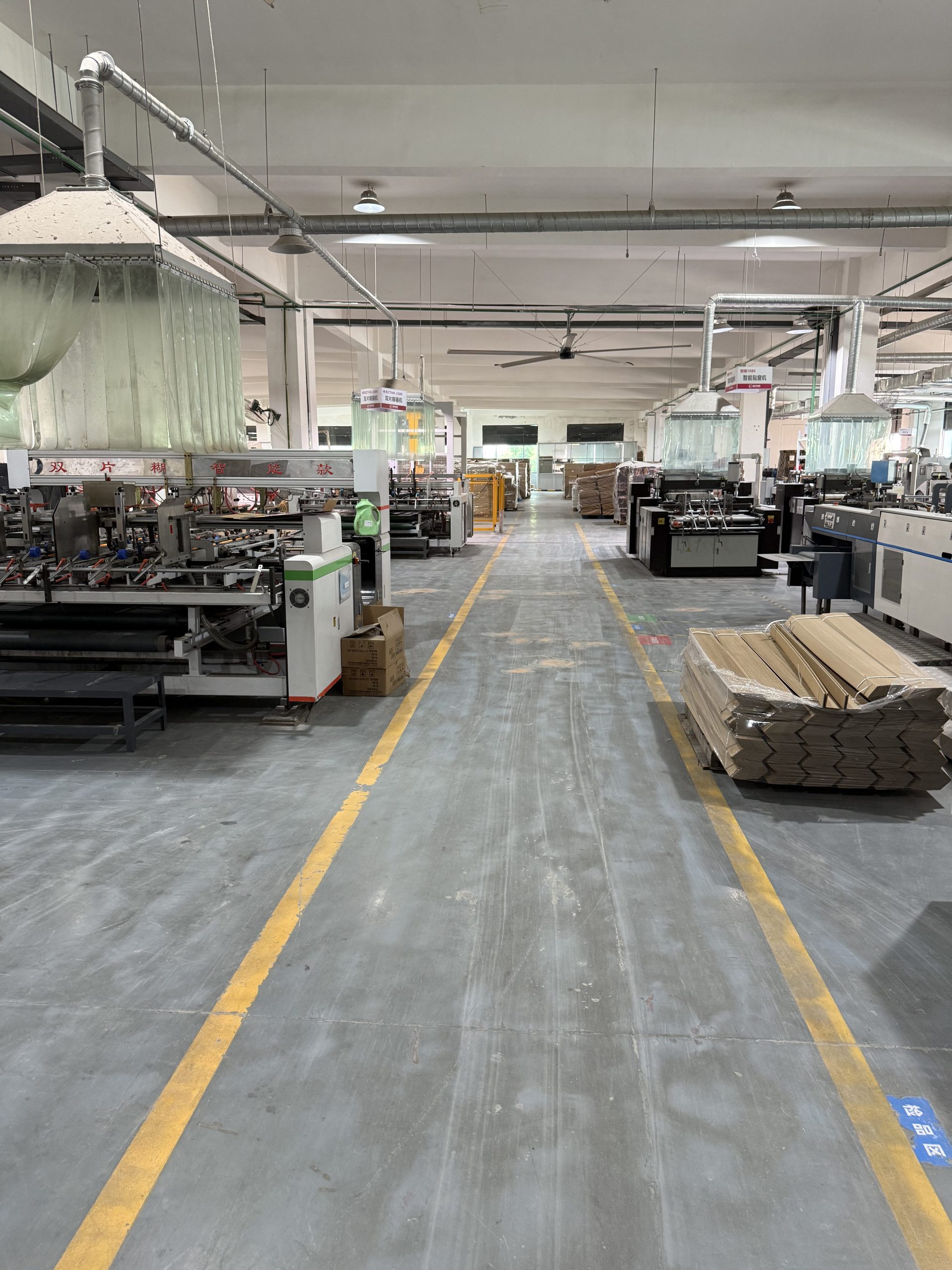
4. Key Differences Between Offset and Digital Printing
While both techniques offer excellent print quality, they differ in setup, cost, and flexibility. Offset printing requires a longer lead time due to plate creation, but it delivers better consistency in color and detail for bulk orders. Digital printing, on the other hand, is faster to set up, making it ideal for urgent or low-volume orders. Offset is superior for Pantone color matching and intricate designs, whereas digital excels in personalization and on-demand printing. The choice depends largely on your project’s volume, budget, and customization needs.
5. When to Use Offset Printing
Choose offset printing when you have a large volume order that requires precise color matching, sharp detail, and long-term consistency. For example, if you’re printing 50,000 units of the same design, offset will provide a cost-effective solution with the highest print accuracy. It’s also ideal for luxury packaging, such as high-end cosmetics or electronics, where visual impact is crucial. Additionally, if your brand uses specific Pantone colors in its logo, offset printing ensures those colors are reproduced exactly as intended.
6. When to Use Digital Printing
Digital printing is the better option for short-run jobs, multiple SKUs, or packaging that includes personalized elements like names, messages, or QR codes. It's also perfect for startups and small businesses looking to print packaging in limited quantities without incurring the high setup costs of offset printing. With digital, you can create prototypes, run seasonal campaigns, or even conduct market tests without long delays or financial risk. For example, a beverage brand launching a summer edition with multiple flavors can use digital printing to produce unique packaging for each flavor efficiently.
7. Combining Both: A Smart Hybrid Approach
Many businesses today are choosing a hybrid approach—leveraging both digital and offset printing depending on the situation. For instance, use offset for your main product lines to maintain consistency and keep costs low at scale. Then use digital for new product launches, personalized packaging, or promotional campaigns. This strategy allows you to be both efficient and agile, ensuring your brand stays competitive while responding to market trends quickly.
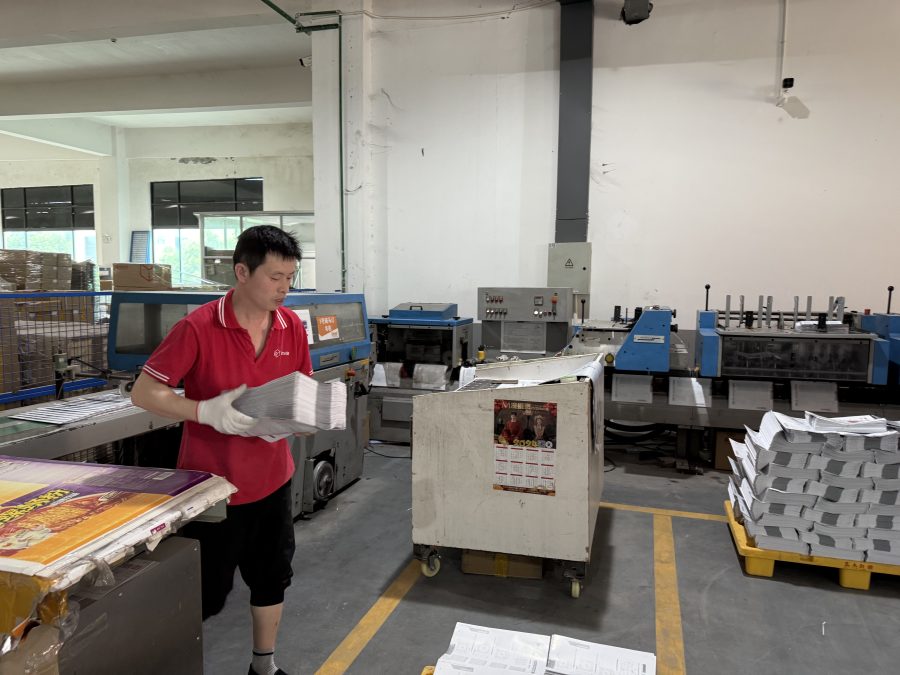
8. How Wuxi Box Printing Technology Supports Your Choice
At Wuxi Box Printing Technology, we provide expert guidance to help you choose the right printing method based on your needs. Whether you're printing 500 or 50,000 boxes, we offer high-quality digital and offset printing services with customizable options. Our team can assist with material selection, color consultation, and finishing options like embossing, spot UV, and foil stamping. We understand the importance of brand image and ensure every package we produce aligns with your brand's visual identity and quality standards.
9. Conclusion: Find the Right Fit for Your Packaging Needs
Both digital and offset printing offer unique benefits, and choosing the right one depends on your volume, budget, and design requirements. Offset is ideal for consistent, large-scale projects, while digital shines in speed and customization. At Wuxi Box Printing Technology, we’re here to help you get the best of both worlds. Our team is ready to guide you through your options, so your packaging not only looks amazing but also supports your brand goals effectively.



